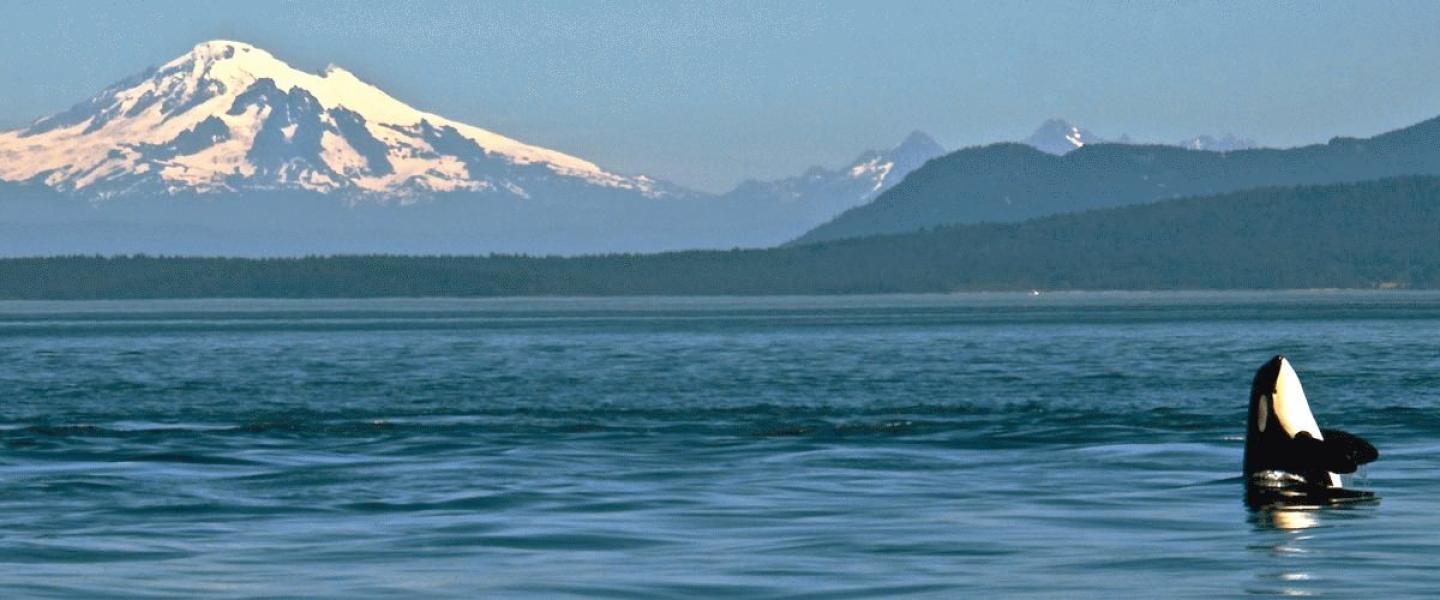
8/4/2022
MV Sea Lion
2pm
Helena
There are two ecotypes of killer whales found here in the Salish Sea. These include our Southern resident killer whale population and the Bigg’s (formally known as transient) killer whale population. These two groups vary widely in a variety of aspects including their genetics, behavior and size.
The southern resident killer whales are critically endangered and there are currently only 74 individuals left in the entire world. This ecotype eats salmon, predominantly chinook salmon, and as a result of a sharp decrease in salmon numbers in our waters the southern residents are not seen as often. They are traveling elsewhere to find food and their numbers are declining.
The Bigg’s killer whale population is the marine mammal-eating ecotype of orca found in the Salish Sea. Their population is growing exponentially every year and their diet consists primarily of harbor seal and harbor porpoise. They are slightly larger in stature and travel in smaller family groups or pods.
Today our group had the privilege of encountering both ecotypes out in Boundary Pass in a very eventful Sea Lion tour! Our first looks where at the T124A’s whose matriarch is Kittiwake, born in 1984. We found her traveling north towards the Strait of Georgia with several of her calves and grand calves. We discussed how this pod was using their specific dialect of echolocation to communicate as taught by Kittiwake. We also got some great looks at the youngest of this family group, T124A3A “Spindrift” born in 2019. This young male was enjoying his trip alongside his family and porpoised a few times!
After nearly a half hour observing the T124A’s we got reports of members of J pod, a family group of the southern resident ecotype, traveling in our direction. As this ecotype is critically endangered, the regulations regarding viewing these animals vary from that of the Bigg’s. To allow for the mandated 1/2 nautical mile distance, Captain Erick took a long loop south towards Waldron Island. We watched in amazement as J pod followed less than 1.5 miles behind the T124A’s north along Saturna Island. It’s not every day you can say you saw both ecotypes of orca within such a small range — what a treat!
We headed back to Roche Harbor, hearts full. To add to an already spectacular day we spotted a total of 7 bald eagles on the journey home